Automated suit tailoring using budget 3D scanning technology
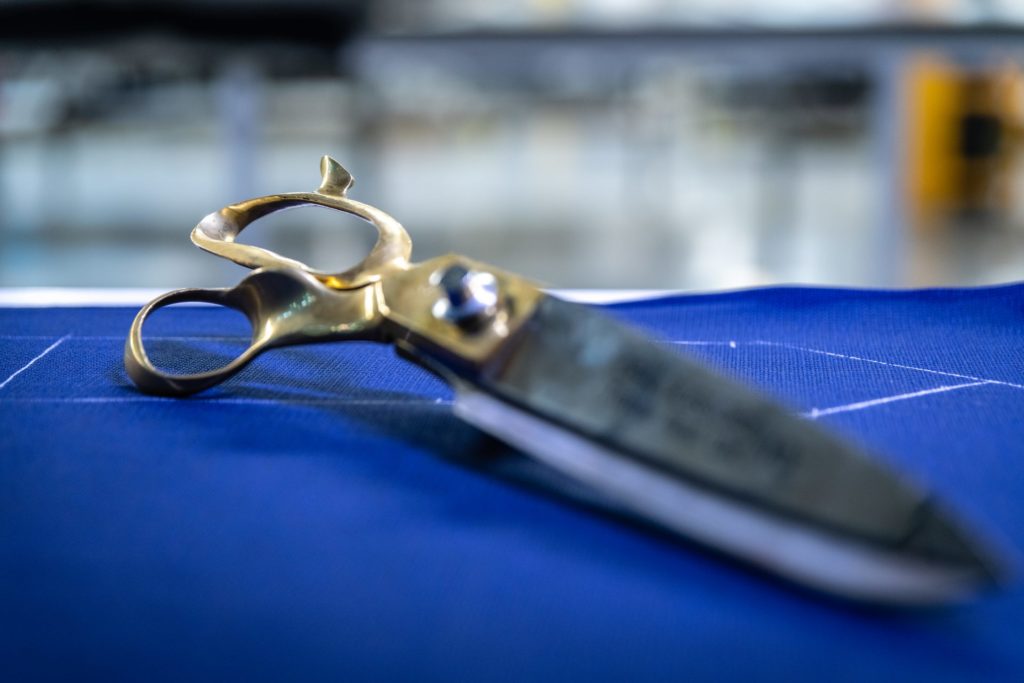
Partner: The Makers
Motivation
The Makers is a B2B company that supplies tailor-made suits to retailers. The factory in Morocco produces 1200 suits per day, 300 of which are tailor-made suits. To facilitate the demand for tailor-made suits and better margins, The Makers wants to increase this number to 600 tailor-made suits per day, which are produced for customers of The Makers.
Problem definition
The Makers has two types of standard men’s suits: ‘regular’ and ‘slim’. These serve as the starting point for all customizations. The actual ‘fit’ is adjusted to the customer’s body measurements and preferences, as this is experienced differently by each customer. Buyers can then customize the suit in many ways by choice of fabric, lining and button, stitching, etc.
In the current procedure, the retailer takes a series of jackets to the customer as well as a box with folders containing samples of the fabrics, linings and buttons, the disadvantage of which is that it is heavy and bulky and therefore not easy for him/her to handle. In addition, there is an increasing demand from users for the digitization of the ‘shopping experience’, whereby a customer can (partly) make product selection and purchase from home in a personalized and innovative way. Lastly, digitizing the extraction of body measurements could potentially save a lot of time and increase accuracy.
The research question of this project was:
“What are the advantages and challenges of the use of 3D scanning the procedure of tailoring suits?”
The goal of this project was to investigate the possibilities of extracting/estimating body measurements from 3D scanning or by means of simple to measure, essential data. Important is to find out how these digital measurements affect the measurement accuracy compared to traditional body measurements (with a tape measure).
Activities and task division
The project started with making clear agreements about the study goals and setup. It was important for all stakeholders to be aware of the current procedure from customer to factory and how novel technology and computer science could play a role in improving this. An extensive research plan was written by the Fieldlab team and the appropriate hardware was purchased. According to project requirements, the Occipital Structure sensor was chosen as it shows high enough accuracy for this purpose and has relatively low investment costs. A pilot study was done at The Makers, together with one tailor and a Fieldlab researcher.
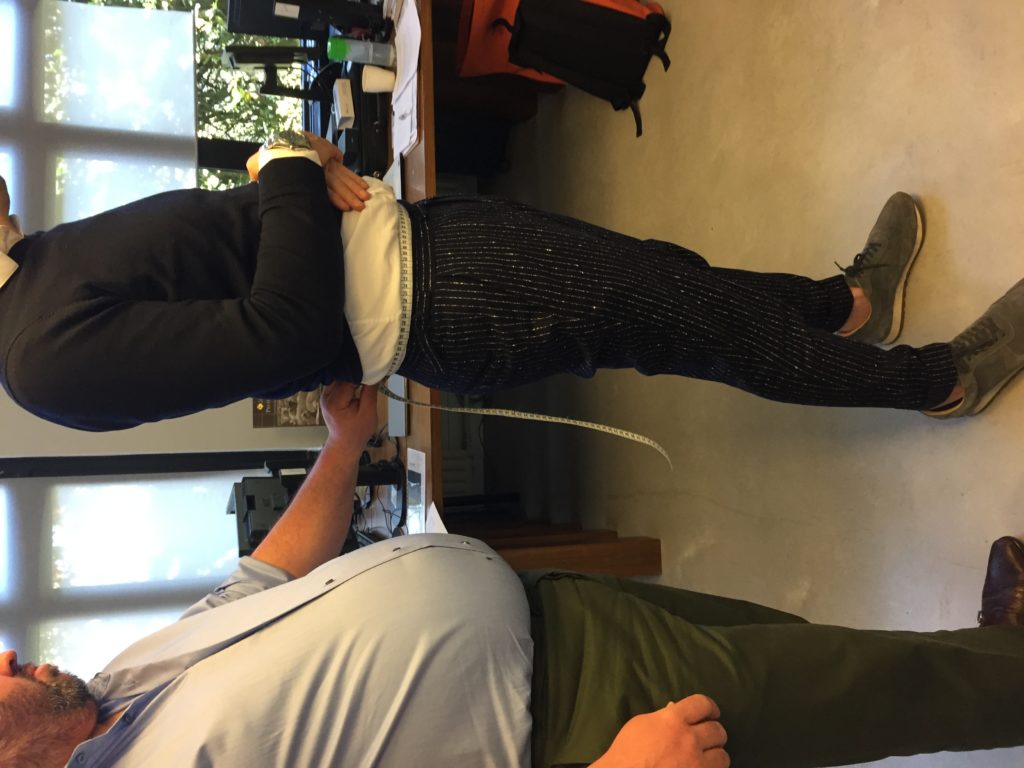
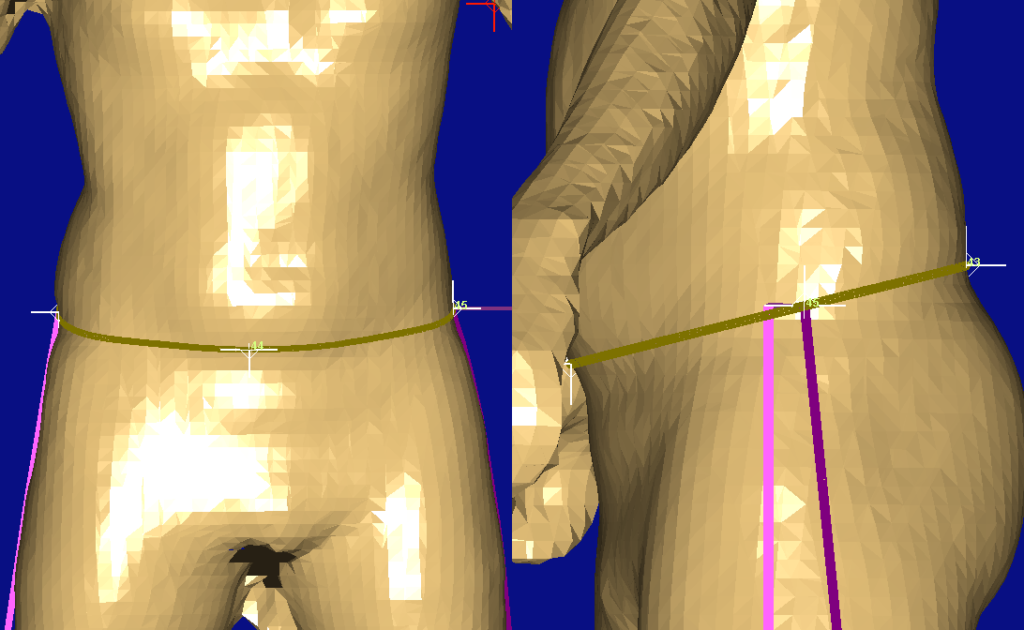
In this pilot, six participants were both manually measured and 3D scanned. The scanning procedure and quality was tested and alterations to the procedure were discussed. The virtual measurement extraction was done with the software Anthroscan by Avalution. The standard list of automated measurements covered the project requirements for about 90%. A couple of measurements had to be added to this standard measurement package.
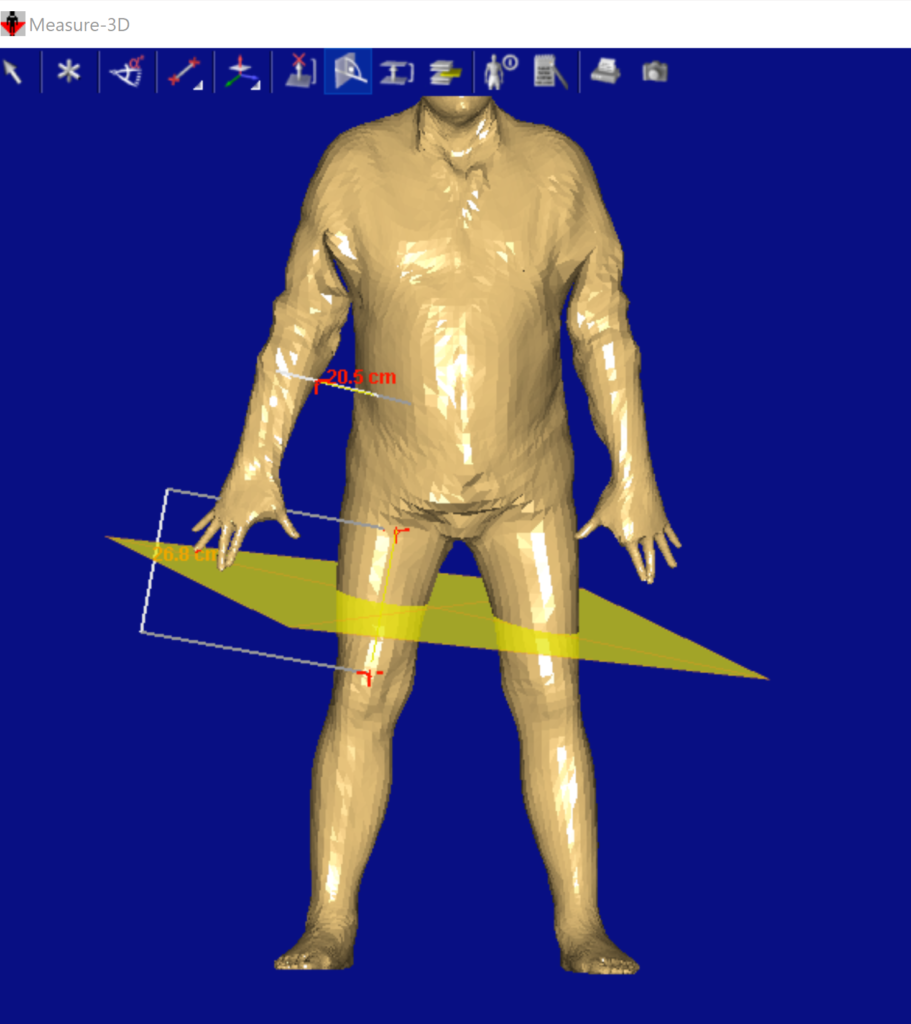
One alteration to the scanning procedure, is the use of a custom-made turning platform with arm handles, making sure the arms do not move during the scan. Although the scan quality will be optimized, the use of this platform reduces the mobility of the setup.
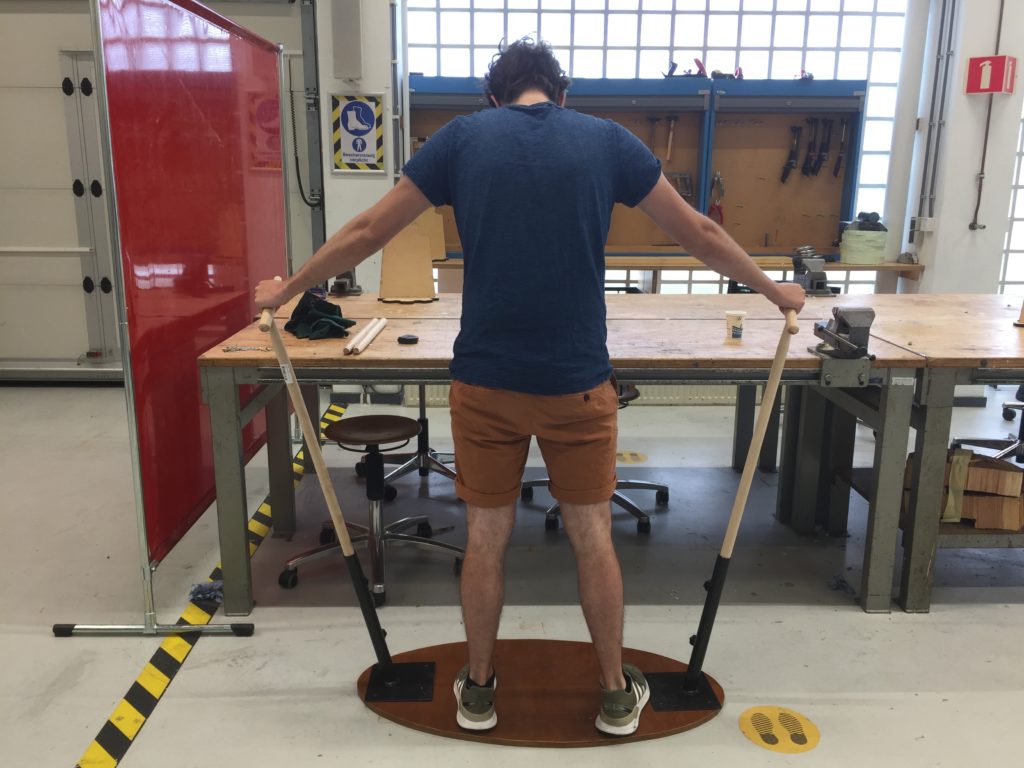
After the pilot, virtual and physical measurements were compared. It was concluded that there are still very large differences, especially in girth values. This is assumably caused by difference in measurement definition (height etc) and effect of breathing and tightness of tape measure. Based on this, the measurement instructions were optimized in order to guarantee consistency.
Knowledge development & dissemination
Within this project, a lot of knowledge has been developed concerning operational procedures in the fashion industry (from customer to pattern measurements and production) and how automation technology could take-over some tasks. The main challenge lies in the discrepancy between physical and virtual measurements. In future research, procedures and detailed instructions should be tested to optimize the measurement accuracy both physically and virtually. The procedure for this project research was very elaborated and accounted for many pitfalls, that can be used in other projects with 3D scanning.
It is currently under consideration to continue the project within the Fieldlab UPPS.


